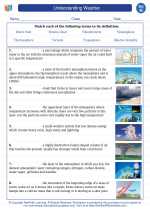Dairy
Dairy products are derived from the milk of mammals, primarily cows, goats, and sheep. These products are rich in nutrients such as calcium, protein, vitamins, and minerals, making them an important part of a balanced diet.
Types of Dairy Products
- Milk: A primary source of dairy, available in various forms such as whole milk, skim milk, and flavored milk.
- Cheese: Produced by coagulating the milk protein casein, resulting in a wide variety of cheese types with different flavors and textures.
- Yogurt: Fermented dairy product that contains beneficial bacteria and is available in different flavors and styles, including Greek yogurt and regular yogurt.
- Butter: Made from churning cream or milk to separate the butterfat from the buttermilk, used in cooking and as a spread.
- Ice Cream: A frozen dessert made from dairy ingredients such as cream, milk, and sugar, available in numerous flavors and varieties.
Nutritional Importance
Dairy products are a significant source of several essential nutrients:
- Calcium: Vital for bone health, muscle function, and nerve signaling.
- Protein: Essential for muscle growth and repair, as well as maintaining a healthy immune system.
- Vitamins: Dairy products provide essential vitamins such as vitamin D, vitamin B12, and riboflavin.
- Minerals: Rich in minerals like phosphorus, potassium, and magnesium, which are important for various bodily functions.
Health Considerations
While dairy products offer numerous health benefits, it's important to consider individual dietary needs and potential lactose intolerance or dairy allergies. Additionally, some individuals may opt for dairy alternatives such as soy milk, almond milk, or coconut milk due to personal preferences or dietary restrictions.
Study Guide
When studying the topic of dairy, consider the following key points:
- Identify the primary sources of dairy products and their nutritional content.
- Understand the process of milk production and the differences between various types of milk (e.g., whole milk, skim milk).
- Explore the benefits of consuming dairy products as part of a balanced diet, with a focus on the nutrients they provide.
- Discuss potential health considerations related to dairy consumption, including lactose intolerance and dairy allergies.
- Compare and contrast dairy alternatives with traditional dairy products, considering their nutritional value and potential benefits.
By mastering these concepts, you can develop a comprehensive understanding of the importance of dairy in nutrition and make informed dietary choices.
.◂Science Worksheets and Study Guides Eighth Grade. Understanding Weather
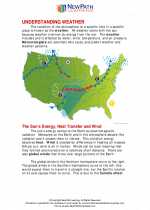
 Activity Lesson
Activity Lesson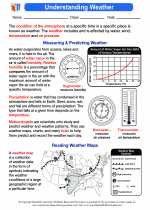
 Worksheet/Answer key
Worksheet/Answer key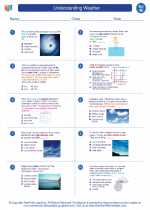
 Worksheet/Answer key
Worksheet/Answer key
 Worksheet/Answer key
Worksheet/Answer key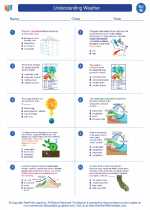
 Worksheet/Answer key
Worksheet/Answer key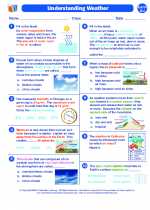
 Vocabulary/Answer key
Vocabulary/Answer key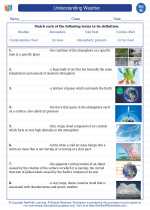
 Vocabulary/Answer key
Vocabulary/Answer key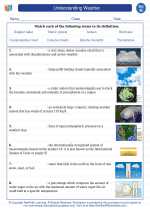
 Vocabulary/Answer key
Vocabulary/Answer key